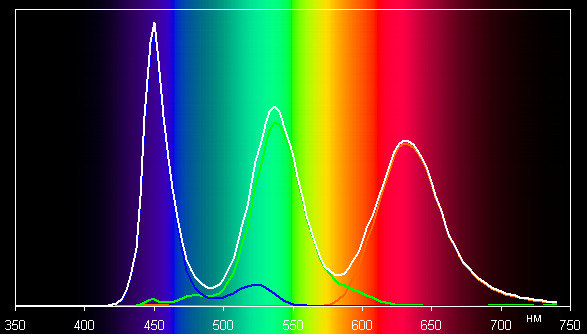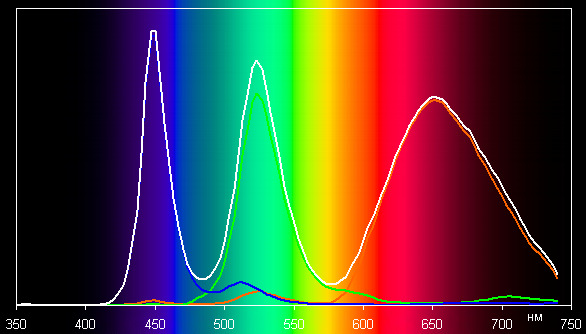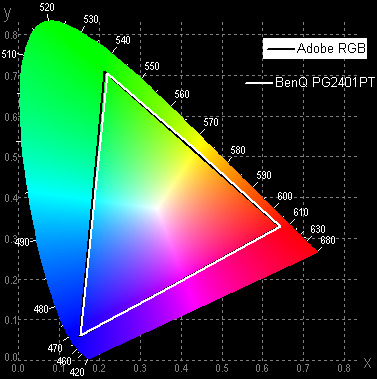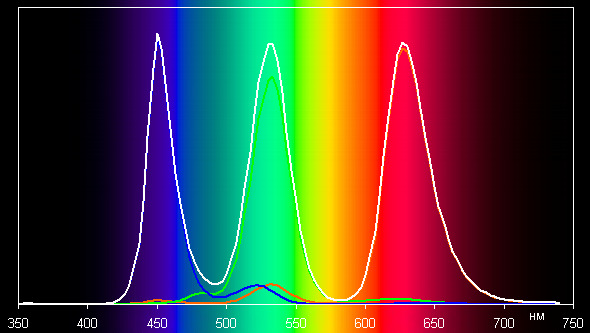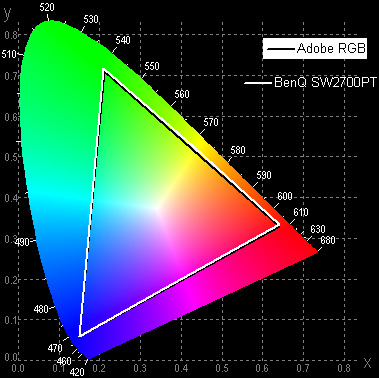VA Monitor Reviews & Measurements
July 2017
Acer Z35P
https://4k-monitor.ru/reviews/obzor_acer_predator_z35pbmiphz/
AOC AG322QCX
http://www.expertreviews.co.uk/aoc/1406080/aoc-ag322qcx-review-the-best-gaming-monitor-money-can-buy
http://www.gamestar.de/artikel/aoc-agon-ag322qcx-grosser-spieler-tft-mit-144-hertz,3317790.html
AOC AG352UCG
https://uk.hardware.info/product/388180/aoc-agon-ag352ucg/testresults
BenQ EW3270ZL
https://3dnews.ru/955056/page-2.html
http://playwares.com/dpreview/54722466
BenQ GW2760HL
http://playwares.com/dpreview/54589589
HP Z34c
https://uk.hardware.info/product/320623/hp-z34c/testresults
Philips 278E8Q
https://www.hardwareluxx.de/index.p...m-test-curved-display-mit-hohem-kontrast.html
Samsung C24FG70
http://www.ixbt.com/monitor/samsung-c24fg70fqi.shtml
Samsung C32HG70
https://3dnews.ru/955106/page-2.html
https://www.limscave.de/artikel?id=4XIDcBdA
Previous:
January-February
March
April
May-June
----------
Best to check Tftcentral's panel part db for what's in the pipeline, they often have more info than any other sites.
For example, AUO is doing an update for the 27'' FHD AMVA+ finally - a borderless, flat panel with >90% DCI-P3 gamut (M270HVN02.6). Standard refresh rate I assume. Mass production supposedly started in April.
No monitors announced yet as far as I know. Could be weeks, could be forever (indeed some panels end up never being used at all)
Links (they are constantly updated)
http://www.tftcentral.co.uk/articles/monitor_panel_parts.htm
http://www.tftcentral.co.uk/articles/high_refresh_rate.htm
For high refresh rate there are AUO plans for a curved 27'' 2560 x 1440 @ 144Hz, but it seems to be in limbo for now.
Same specs as the 27'' Samsung CHG70 anyway. There's also a 1920 x 1080 curved VA panel (M270HVR01.0) with 165Hz refresh rate support. That one has a production date of July 2017.
(AUO also often make lower refresh versions of these panels)
Samsung VA monitors are all curved indeed. And they still haven't caught up to their TV panels yet (in terms of contrast, gamut and HDR functionality). Their TV lineup this year is also hardly better than last years, very lazy.
Worst of all, they appear to have returned to using PWM on their monitors again, on many of their 2017 models and not only those with VA panels:
e.g.
S25HG50 - 600Hz PWM (0-20% brightness)
S27H850 - 240Hz PWM (0-35% brightness)
C27H711 - 240Hz PWM (0-35% brightness)
C32HG70 - 360Hz PWM (0-95% brightness)
(source: 3dnews.ru)
So I concur, this is a rather disappointing season for VA. At least with the gaming models now there are many high refresh options and extended color gamut and everything is curved™. But contrast is closer to 2000:1 on many of these displays. In the basic monitor range very little has changed since 2013.
edit: btw. the Philips 278E8Q reviewed above appears to be quite similar to the F591 you were eyeing (with even wider gamut it seems). The newly released Asus VZ27VQ also has similar specifications (but standard gamut I think).
July 2017
Acer Z35P
https://4k-monitor.ru/reviews/obzor_acer_predator_z35pbmiphz/
AOC AG322QCX
http://www.expertreviews.co.uk/aoc/1406080/aoc-ag322qcx-review-the-best-gaming-monitor-money-can-buy
http://www.gamestar.de/artikel/aoc-agon-ag322qcx-grosser-spieler-tft-mit-144-hertz,3317790.html
AOC AG352UCG
https://uk.hardware.info/product/388180/aoc-agon-ag352ucg/testresults
BenQ EW3270ZL
https://3dnews.ru/955056/page-2.html
http://playwares.com/dpreview/54722466
BenQ GW2760HL
http://playwares.com/dpreview/54589589
HP Z34c
https://uk.hardware.info/product/320623/hp-z34c/testresults
Philips 278E8Q
https://www.hardwareluxx.de/index.p...m-test-curved-display-mit-hohem-kontrast.html
Samsung C24FG70
http://www.ixbt.com/monitor/samsung-c24fg70fqi.shtml
Samsung C32HG70
https://3dnews.ru/955106/page-2.html
https://www.limscave.de/artikel?id=4XIDcBdA
Previous:
January-February
March
April
May-June
----------
Wow, what a disappointing season for new VA monitors in the mid-range bracket. I've kept postponing my purchase of a 27" FHD VA monitor for 6 months hoping for just the right product. Unfortunately, AUO don't appear to have done squat and Samsung, already ahead, appear to be simply coasting along. One of the monitors I had looked at, the C27F5xx series (e.g. C27F591), has literally just had a splash of paint applied. The C27H580 features what appears to be the exact same panel, same inputs, same everything... just the white and silver now changed to blue and black.
(...)
And this is why I'm NOT looking at "purchasing recommendations" as such. I'm more interested in hearing if there are any interesting VA panels in the pipeline (in the 27" FHD bracket), but as I noted with my post above, Samsung certainly don't seem to be busy in that regard, but as I noted in my initial post (this time around), I was wondering if any other manufacturers had any displays in the pipeline with the Samsung FHD panels.
Certainly, my interest in VA panels is motivated in part by my wish to buy one, but that's a (slightly) different matter.
Additionally, my post was an attempt to give a quick overview of the state Samsung's new monitors in the 27" VA segment (where only the HG70 seems promising, as far as I can tell).
Best to check Tftcentral's panel part db for what's in the pipeline, they often have more info than any other sites.
For example, AUO is doing an update for the 27'' FHD AMVA+ finally - a borderless, flat panel with >90% DCI-P3 gamut (M270HVN02.6). Standard refresh rate I assume. Mass production supposedly started in April.
No monitors announced yet as far as I know. Could be weeks, could be forever (indeed some panels end up never being used at all)
Links (they are constantly updated)
http://www.tftcentral.co.uk/articles/monitor_panel_parts.htm
http://www.tftcentral.co.uk/articles/high_refresh_rate.htm
For high refresh rate there are AUO plans for a curved 27'' 2560 x 1440 @ 144Hz, but it seems to be in limbo for now.
Same specs as the 27'' Samsung CHG70 anyway. There's also a 1920 x 1080 curved VA panel (M270HVR01.0) with 165Hz refresh rate support. That one has a production date of July 2017.
(AUO also often make lower refresh versions of these panels)
Samsung VA monitors are all curved indeed. And they still haven't caught up to their TV panels yet (in terms of contrast, gamut and HDR functionality). Their TV lineup this year is also hardly better than last years, very lazy.
Worst of all, they appear to have returned to using PWM on their monitors again, on many of their 2017 models and not only those with VA panels:
e.g.
S25HG50 - 600Hz PWM (0-20% brightness)
S27H850 - 240Hz PWM (0-35% brightness)
C27H711 - 240Hz PWM (0-35% brightness)
C32HG70 - 360Hz PWM (0-95% brightness)
(source: 3dnews.ru)
So I concur, this is a rather disappointing season for VA. At least with the gaming models now there are many high refresh options and extended color gamut and everything is curved™. But contrast is closer to 2000:1 on many of these displays. In the basic monitor range very little has changed since 2013.
edit: btw. the Philips 278E8Q reviewed above appears to be quite similar to the F591 you were eyeing (with even wider gamut it seems). The newly released Asus VZ27VQ also has similar specifications (but standard gamut I think).
Last edited:
![[H]ard|Forum](/styles/hardforum/xenforo/logo_dark.png)


